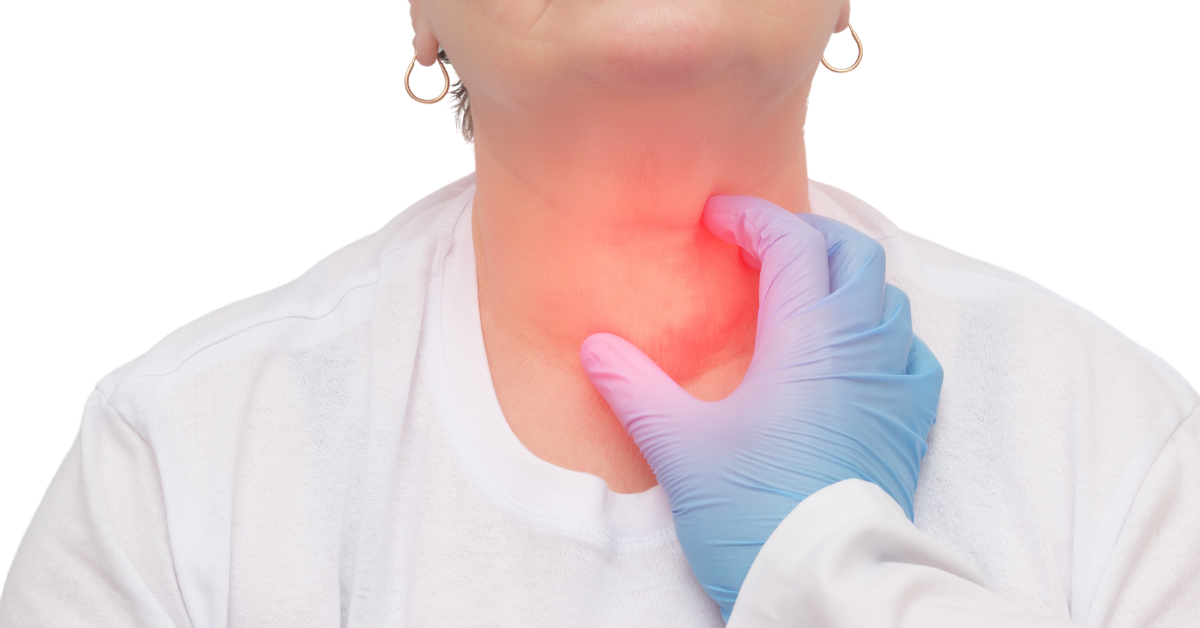
Thyroid – Ayurveda Perspective
Thyroid Remedies
Panchakarma therapies, especially Vamana (emesis), are beneficial in hypothyroidism. It will balance the Kapha Dosha, kindle the digestive fire and improve energy levels. In case of Hyperthyroidism, Virechana (purgation) helps pacify the aggravated Pitta Dosha, balance the digestive fire and stabilise the thyroid function. These therapies are administered after assessing the patient’s strength to withstand the therapies and the severity of the condition.
Pathya-Apathya in Hypothyroidism
- Brown rice, quinoa, and Rakta Shali (red rice) are easy to digest and nourish the body’s Dhatu (tissues).
- Cooked leafy greens, gourds like Alabu (bottle gourd), and fruits such as dates, pomegranates, and bananas.
- Consuming moderate amount of cow’s ghee and coconut oil aids digestion and maintains hormone levels.
- Low-fat dairy products like goat’s or cow’s milk and buttermilk are recommended.
- Saindhava Lavana (Rock salt) is wholesome because of the iodine, and helps maintain Agni (digestive fire) without aggravating Pitta.
- Add warm, freshly prepared meals with light spices to improve digestion. Use Trikatu (dry ginger, black pepper, long pepper) and Trijataka (cinnamon, cardamom, bay leaf).
- Refrigerated foods, raw foods and stale foods, refrigerated items, and heavy, oily meals.
- Overconsumption of goitrogenic foods such as cauliflower, broccoli, or cabbage. They must be properly cooked and consumed in moderation.
- Foods such as mustard, buffalo milk and fat, red meat, especially beef, Phanita (molasses-based sweets) are mentioned in Apathya as having Agni-suppressing properties.
- Eating in an irregular pattern, like undigested previous food and fasting for prolonged periods, disrupts metabolic rhythm.
- Avoid heavy, cold foods and stale foods.
Pathya-Apathya in Hyperthyroidism
In hyperthyroidism, Dhatu Paka (tissue depletion) occurs due to excessive Pitta. The goal is to cool down the system, nourish the Dhatus, and maintain a steady metabolic state.
Pathya (wholesome) foods in this case are:
- High-fat, cooling foods like buffalo milk, ghee, and wheat-based gruel.
- Meat from aquatic and marshy land animals provides nourishment and promotes tissue regeneration.
- Sweetened milk with ghee, and rice preparations made with whole wheat flour, to balance Pitta and reduce metabolic speed.
Apathya (unwholesome) foods that aggravate Pitta include:
- Hot, spicy, sour, and fermented foods.
- Excessive intake of pungent spices or stimulants such as black pepper, mustard, and ginger.
- Overconsumption of iodised salt, as high iodine intake, can worsen hyperthyroidism.
Incorporating these principles as part of thyroid remedies provides grounding support to manage excessive metabolic activity and related symptoms.
Best Food for Thyroid Patients
- For thyroid disorders, mainly for hypothyroidism, consumption of fresh, warm, and light foods with easy digestibility is recommended.
- Moderate consumption of cow’s ghee is encouraged due to its nourishing qualities.
- Note that the good vegetables include selected bottle gourd, ridge gourd, pumpkin, carrots, beetroot, and moderate amounts of spinach.
- Useful fruits include apples, pomegranates, papayas, and guavas.
- Finely ground millets like kodo, little millets, and barnyard millet are preferred over refined grains.
- Spices such as turmeric, cumin, ginger, and black pepper help in stimulating digestion and metabolism. Drinking warm water or boiled water cooled to room temperature is preferred, and large gaps between food intake should be avoided.
Conclusion







